While cities like Cologne, Munich and Frankfurt attract the bulk of tourists, they all have one drawback – they were destroyed during the the Second World War. That’s why a visit to medium-sized towns can be so rewarding.
Görlitz is one such town that was untouched by bombs. This piece of historical fortune means that it is the best and largest example of Grunderzeit architecture in the country.
Situated on the eastern edge of Saxony, Görlitz lies partly in Poland and partly in Germany. The two cities are split by the River Neiße.
Here are five reasons why Görlitz is worth a visit.
It has a famous medieval centre
The city of Görlitz first came to prominence in the 13th century as a trading post on the Via Regia, one of the most important trade routes in central Europe. The Obermakrt, still completely intact, was the main market where cloth from the west and honey and furs from the east were traded.
A Sechsstädtebund (six city alliance) formed with nearby towns including Bautzen and Zittau increased the power and wealth of the city. Leftover today are an abundance of architectural styles from the 13th to the 16th centuries.
The city hopes to have its old town listed as a UNESCO world heritage site.
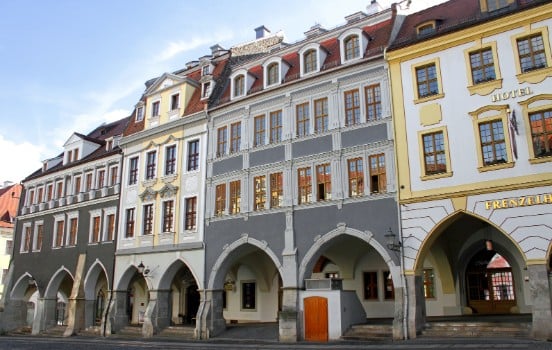 The Hallenhäuser have been proposed as a world heritage site. Photo: DPA
The Hallenhäuser have been proposed as a world heritage site. Photo: DPA
It once went to war over beer
Back in the 15th century the right to brew beer was a big thing in much of Germany. Not everyone got to do it, but it brought large profits to the privileged few who could.
Görlitz, a growing power at the time, managed to convince the Kaiser to give it exclusive rights to brew and sell beer in the surrounding region.
This didn’t go down in the nearby town of Zittau which was known to sell the best beer between Dresden and Prague.
When Görlitz seized a large quantity of ale that had been brewed ‘illegally’ in a nearby town the Zittauers retaliated, attacking a village outside Görlitz and taking its cattle and pigs.
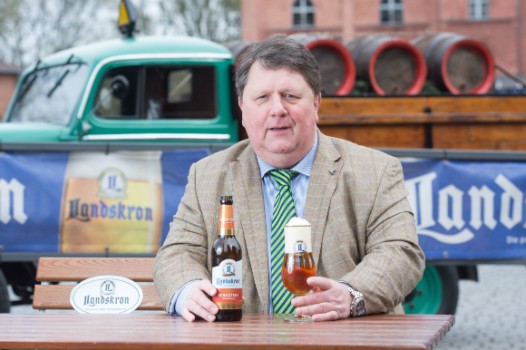 These days the city is know for Landskron beer. Photo: DPA
These days the city is know for Landskron beer. Photo: DPA
The war dragged on for several years before both sides buried the hatchet.
The two towns reportedly still can’t decide on who makes the better beer.
One of the wealthiest German cities of the 19th century
The second golden age for the city came in the 19th century when it successfully established itself as a kind of retirement home for the wealthy.
In the middle of the century Görlitz had the fortune of being the largest commune in terms of its land size in the Prussian Reich. It used this to good effect, selling wood from its ample forests to stock up its treasury.
With such wealth it could afford to drop taxes for the elderly, who moved to the city in droves.
A visionary town mayor also connected it to the rest of the kingdom via Germany’s first large railway viaduct. The city planners used their new riches to build a city in the image of London, Vienna and Paris.
At the time it was considered the most beautiful province city in Germany.
READ ALSO: A portrait of Görlitz, the city that could elect Germany's first AfD mayor
It is the largest monument in Germany
As proof of how architecturally significant the city is, 4,000 buildings are listed as protected in its city centre, making it the largest area of monuments in Germany.
Much of the historic architecture lay in disrepair at the end of the communist era.
Luckily a mysterious donor from Munich has been transferring hundreds of thousands of euros each year into a fund to refurbish the buildings.
Loved by Hollywood
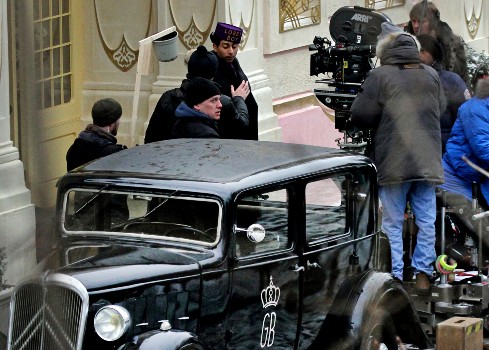
Filming the Grand Budapest Hotel. Photo: DPA
Due to the fact that there is almost no 20th century architecture in the city centre, Görlitz is a dream location for film producers. The city has marketed this strength to good effect and is now often known by its moniker, Görliwood.
Some of the biggest stars in the business have worked on set in the town. Emma Thomson, Kate Winslet and Quentin Tarantino have all been there in recent years.
If you watch films like Inglorious Basterds, the Grand Budapest Hotel and Alone in Berlin carefully enough you might start noticing the same buildings re-appearing.

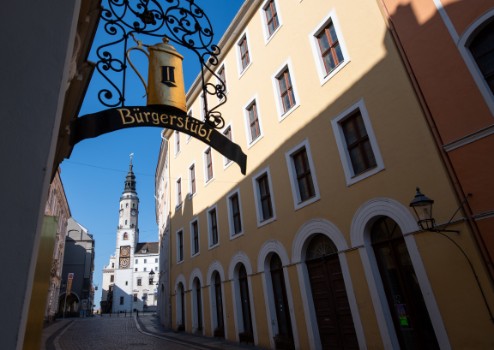

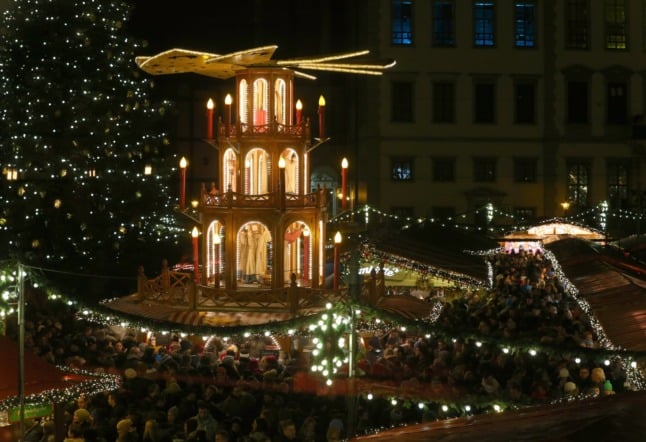
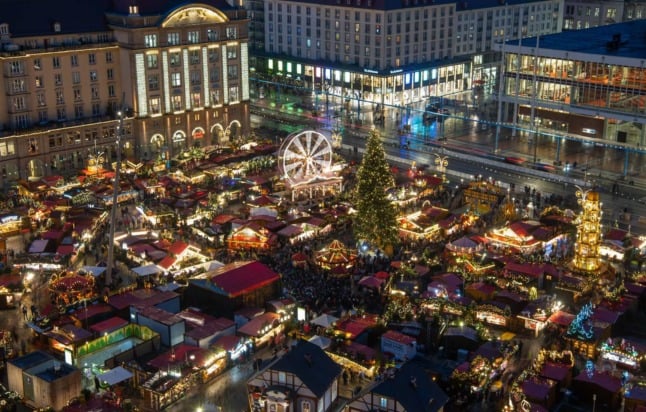
 Please whitelist us to continue reading.
Please whitelist us to continue reading.
Member comments